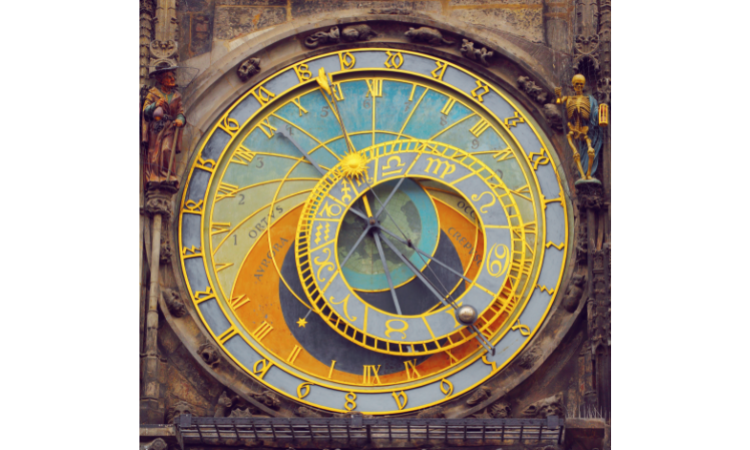The clock is a timeless invention that has played a significant role in shaping our world. From the earliest sundials to the most advanced atomic clocks, timekeeping devices have been essential for organizing our days, planning our lives, and exploring the universe. In this article of A Comprehensive Look at Timekeeping Through History, we’ll dive deep into the world of clocks, exploring their history, how they work, and their impact on society. Let’s begin our journey through time by answering the question, how is the clock produced?
The History of Clocks
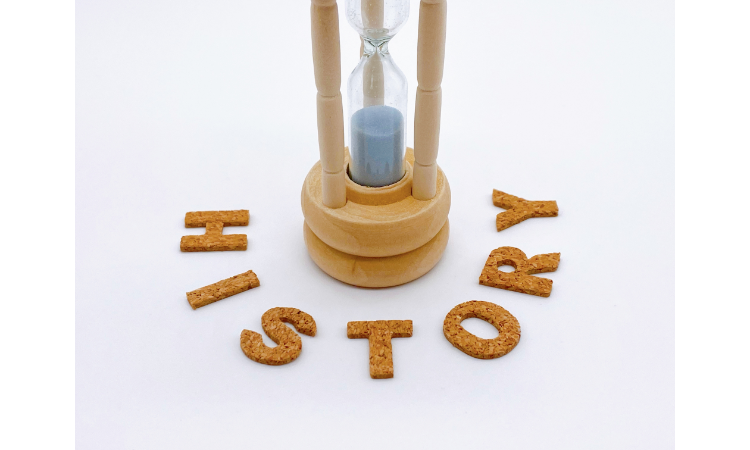
When the Clock Was Invented
The origins of the clock can be traced back to ancient civilizations, where the first timekeeping devices emerged. Sundials, water clocks, and candle clocks were among the earliest inventions, with the first mechanical clock appearing around 725 AD in China. Let’s take a closer look at the development of clocks over the centuries.
- Sundials – Ancient Egyptians used sundials as early as 1500 BC. By tracking the sun’s movement across the sky, these devices could accurately measure time during daylight hours.
- Water Clocks – Also known as clepsydra, water clocks were invented around 1500 BC, with origins in both Egypt and China. They relied on the steady flow of water to measure time.
- Candle Clocks – Candle clocks, which burned at a consistent rate, were used in medieval Europe to keep track of time during the night.
- Mechanical Clocks – First appearing in China around 725 AD, mechanical clocks used gears, weights, and pendulums to keep time. They eventually spread to Europe in the 14th century.
- Quartz Clocks – Invented in 1927 by Warren Marrison, the quartz clock uses the vibrations of a quartz crystal to maintain its accuracy.
- Atomic Clocks – Atomic clocks, the most accurate timekeepers in the world, were developed in the 1950s. They measure time by counting the vibrations of atoms, providing unprecedented precision.
How Clocks Changed the World
Clocks have had a profound impact on society, shaping how we work, travel, and communicate. The standardization of time enabled the development of efficient transportation systems, such as railways and airlines. Timekeeping technology also facilitated global communication, leading to the creation of time zones and the coordination of worldwide events. The clock’s importance cannot be understated, as it continues to be a fundamental part of our daily lives.
How Clocks Work: A Look Inside the Mechanism
How Does the Quartz Clock Work
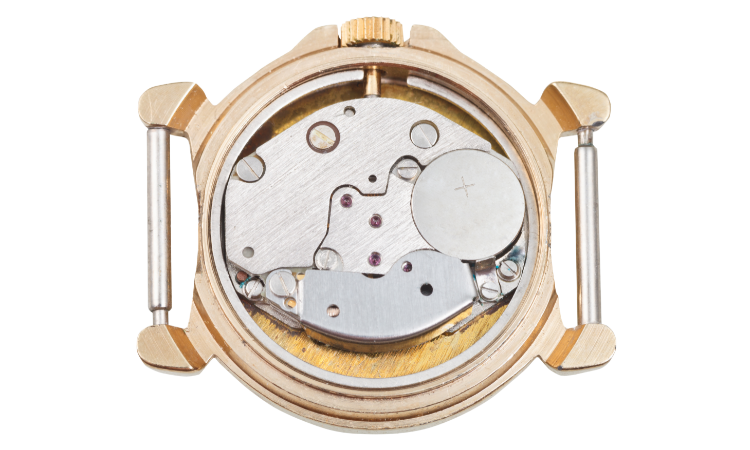
Quartz clocks are among the most common timekeeping devices in use today. They rely on the piezoelectric properties of quartz crystals, which vibrate at a precise frequency when an electric current is applied. This vibration is used to drive a motor, which in turn moves the clock’s hands. Quartz clocks are incredibly accurate, losing only a few seconds per month.
How the Mechanical Clock Works
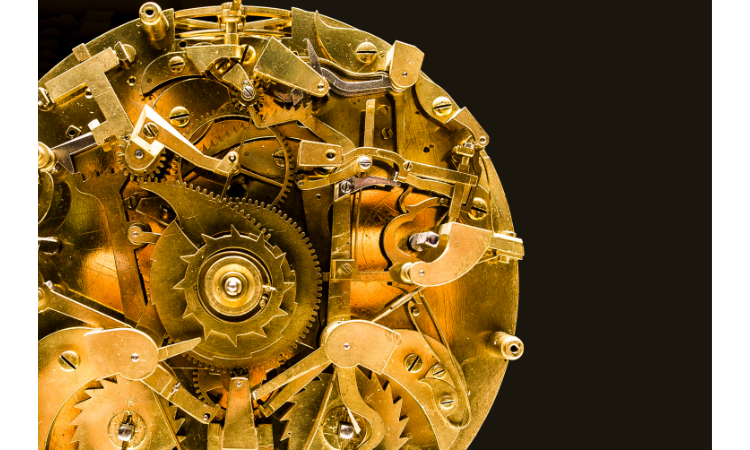
Mechanical clocks use a combination of gears, weights, and a pendulum to keep time. The clock’s gears are driven by a coiled spring or a falling weight, which transfers energy to the pendulum. The pendulum’s regular swinging motion controls the movement of the gears, ensuring the clock maintains a consistent rhythm. This motion is then translated into the movement of the clock’s hands. While mechanical clocks are not as accurate as quartz or atomic clocks, they remain popular for their intricate craftsmanship and nostalgic appeal.
How the Atomic Clock Works
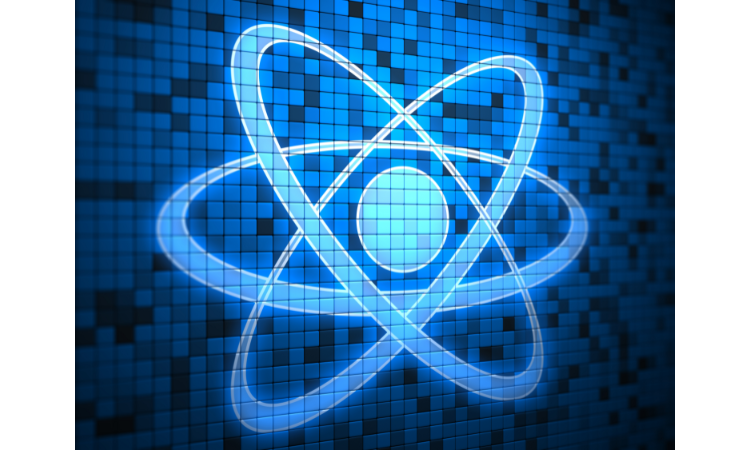
The atomic clock is the most precise timekeeping device in existence. It relies on the vibrations of atoms—specifically, the oscillations of electrons within the atoms—to measure time. Cesium atomic clocks, for example, count the oscillations of cesium-133 atoms to determine the length of a second. Atomic clocks lose only about one second every 100 million years, making them the gold standard for timekeeping.
Clocks in Our Everyday Lives
The Importance of Clocks
Clocks play a crucial role in our daily lives, helping us organize our schedules, coordinate events, and manage our time efficiently. From waking up in the morning to timing our commutes, we rely on clocks to keep us on track. In the scientific realm, precise timekeeping is essential for measuring phenomena and conducting experiments. Additionally, clocks are critical components of computer systems, regulating the flow of data and ensuring accurate synchronization.
The Prayer Clock
The prayer clock is a specialized timekeeping device designed to help Muslims observe their daily prayers. These clocks calculate prayer times based on the user’s location and display the current prayer time, making it easy for users to maintain their religious obligations.
The Circadian Clock
The circadian clock is an internal biological clock that regulates our sleep-wake cycle. Located in the hypothalamus of the brain, this clock controls the release of hormones and other biological processes to help our bodies function optimally throughout the day. Disruptions to our circadian rhythm, such as jet lag or shift work, can lead to sleep disorders and other health issues.
The Doomsday Clock
The Doomsday Clock is a symbolic representation of the potential for global catastrophe, maintained by the Bulletin of the Atomic Scientists. The clock’s hands are set to a specific time, with midnight symbolizing global disaster. The position of the hands is adjusted periodically based on the perceived risk of nuclear war, climate change, and other existential threats. While not a functional clock, the Doomsday Clock serves as a powerful reminder of the need for responsible stewardship of our planet.
Clocks in Popular Culture and Art
The Clock Without Hands
“Clock Without Hands” is a novel by American author Carson McCullers, published in 1961. The story revolves around the lives of several characters in a small Southern town, exploring themes of love, loss, and the passage of time. The title serves as a metaphor for the inevitability of death and the limitations of human understanding.
The Astronomical Clock in Prague
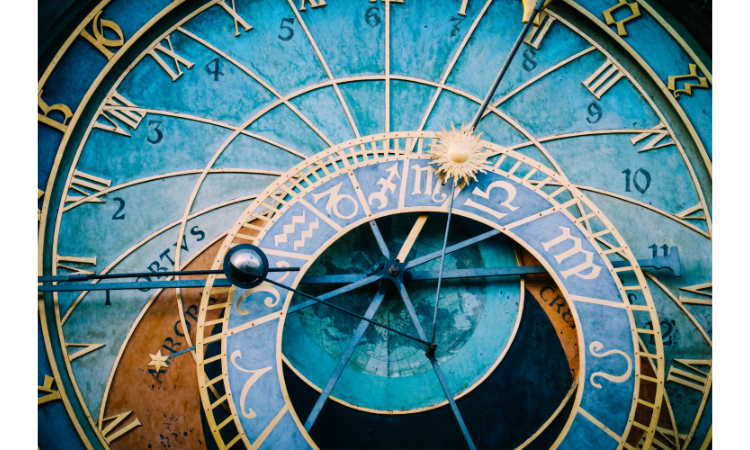
The Prague Astronomical Clock, also known as the Orloj, is a stunning example of a medieval astronomical clock. Located in the Old Town Hall of Prague, Czech Republic, the clock was first installed in 1410 and has been captivating visitors ever since. The clock displays the position of celestial bodies, as well as the current time, and features intricate moving sculptures that perform every hour.
The Clock of the Long Now
The [Clock of the Long Now](http://longnow.org/clock/) is an ambitious project aimed at constructing a mechanical clock that will run for 10,000 years. Conceived by inventor Danny Hillis and supported by the Long Now Foundation, the clock is designed to foster long-term thinking and encourage a broader perspective on humanity’s place in time. The first prototype of the Clock of the Long Now is currently under construction in a remote location in Texas, USA.
The Future of Clocks and Timekeeping
As technology continues to advance, so too does the world of clocks and timekeeping. From the development of more accurate atomic clocks to the integration of timekeeping devices into our everyday lives, the future of clocks promises to be as exciting and innovative as their past.
The Most Precise Clock in the World
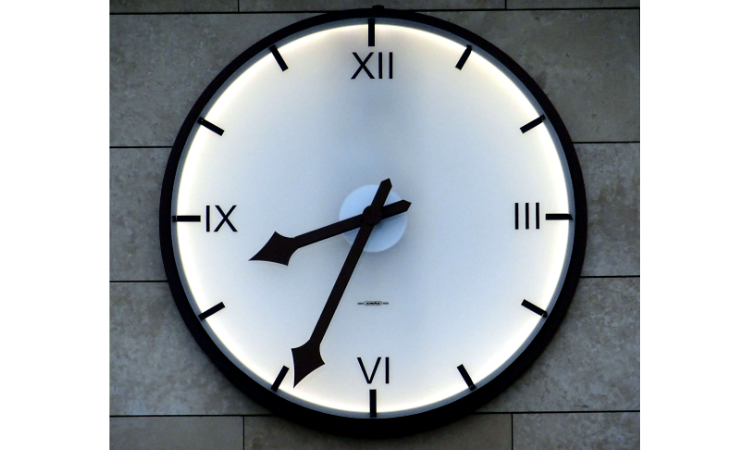
Researchers are constantly striving to create even more accurate timekeeping devices. Recently, scientists have developed optical lattice clocks that can measure time with incredible precision, losing only one second every 15 billion years. These clocks could eventually replace atomic clocks as the new standard for timekeeping and may have far-reaching implications for scientific research, telecommunications, and navigation systems.
Clocks and the Digital Age
Clocks have become an integral part of the digital age, with computer systems and smartphones relying on accurate timekeeping to function effectively. The Network Time Protocol (NTP) synchronizes clocks on the internet, ensuring accurate timekeeping across connected devices. As our lives become increasingly intertwined with technology, the importance of clocks and timekeeping will only continue to grow.
Conclusion
From their humble beginnings as sundials and water clocks to the marvels of quartz and atomic timekeeping, clocks have come a long way. They’ve shaped our world, organized our lives, and inspired countless works of art and literature. As we look to the future, clocks will continue to be an essential part of our lives, helping us navigate the ever-changing landscape of time. Whether we’re exploring the cosmos or simply trying to make it to work on time, the clock will be there to guide us on our journey.
